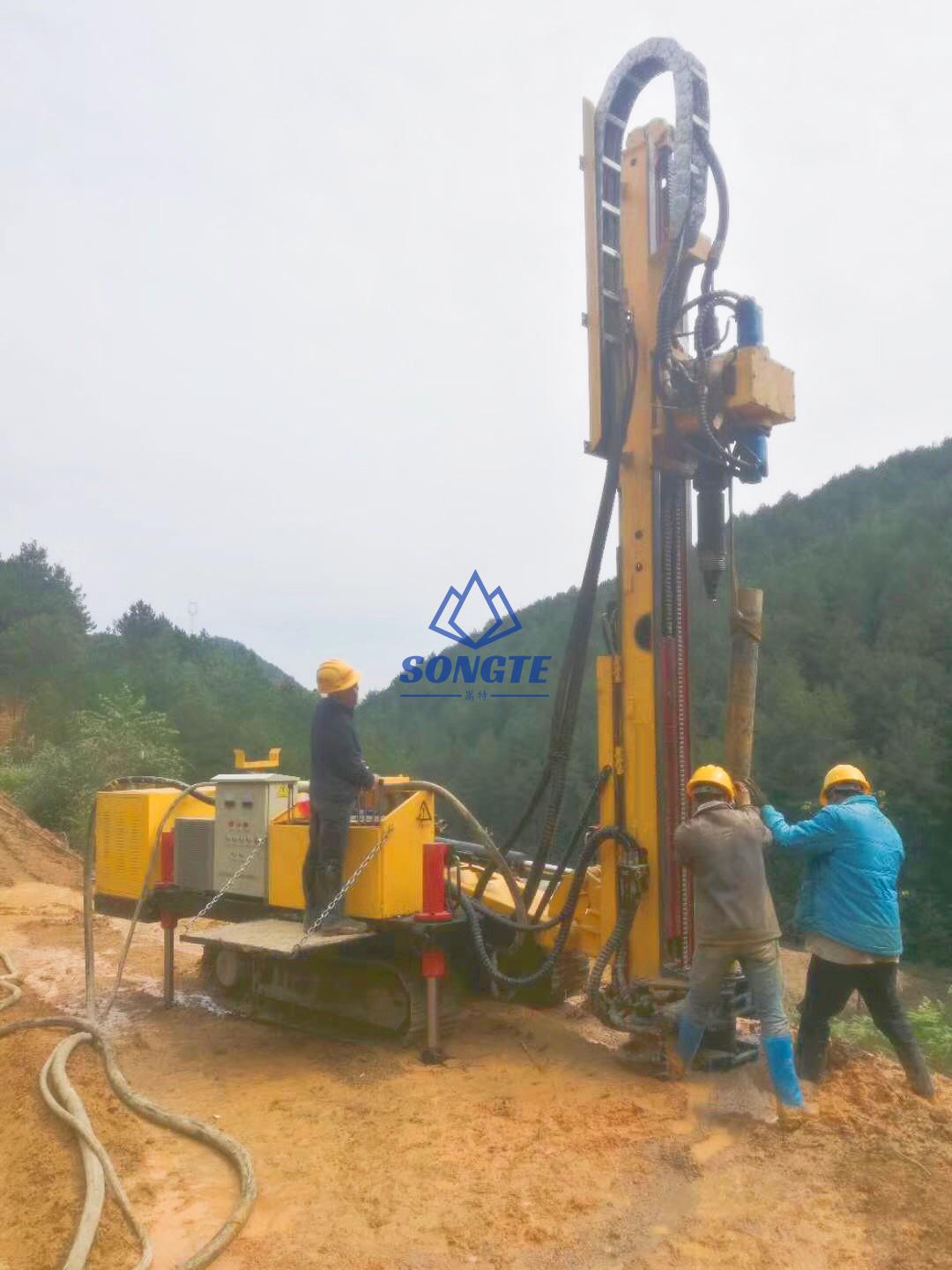The Importance of Drilling Rigs in Civil Engineering
Drilling rigs are an essential tool in civil engineering used for various applications, including anchoring engineering, deep foundation pit support, and slope protection. These rigs are designed to create boreholes, which are used to install anchors, tiebacks, prestressed anchor holes, drainage holes, and other structures that reinforce the foundation and provide support to various structures. In this article, we will discuss the importance of drilling rigs in civil engineering and its various applications.
Anchoring engineering drilling rigs are widely used in geotechnical engineering to provide additional support and stability to structures. The technique involves drilling boreholes and installing anchors or tiebacks to reinforce the foundation and prevent the structure from sinking into the ground. Deep foundation pit support is another application of drilling rigs in civil engineering. The technique involves creating boreholes and installing supports to prevent the foundation from collapsing and to provide support to the structure. This technique is commonly used in the construction of high-rise buildings, hydropower stations, and other structures that require deep excavation.
SA-180A Full Hydraulic Multi-functional Anchor Drilling Rig 180m

Foundation reinforcement is another application of drilling rigs in civil engineering. The technique involves creating boreholes and installing structures such as soil nails, prestressed anchor holes, and other elements to increase the strength and stability of the foundation. This technique is commonly used in railway slopes, highway slopes, and other areas with steep terrain.
Slope protection and slope support are other applications of drilling rigs in civil engineering. The technique involves creating boreholes and installing anchors, soil nails, and other structures to stabilize the slope and prevent further movement. This technique is widely used in railway slopes, highway slopes, and other areas with steep terrain.
Drilling rigs are also used to create drainage holes, which allow excess water to flow out of the foundation and prevent damage to the structure. Ground source heat pump holes are another application of drilling rigs in civil engineering. The technique involves drilling boreholes and installing piping systems underground to extract heat from the earth. This technique is used to heat and cool buildings and reduce energy costs.
High-pressure rotary jet grouting is another application of drilling rigs in civil engineering. The technique involves injecting a cement grout into the ground at high pressure to strengthen soil or rock formations. This technique is commonly used in subgrade dam foundation reinforcement, where the soil or rock is compacted to create a stable foundation for the dam.
Blasting hole engineering and anti-floating anchoring are other applications of drilling rigs in civil engineering. Blasting hole engineering involves drilling boreholes for explosives, while anti-floating anchoring involves installing anchors to prevent structures from floating or uplifting due to water pressure.
In conclusion, drilling rigs are an essential tool in civil engineering used for various applications, including anchoring engineering, deep foundation pit support, and slope protection. Their versatility and precision make them an essential component in the construction of high-rise buildings, hydropower stations, railway slopes, highway slopes, and other structures that require subgrade dam foundation reinforcement and deep excavation.
 songtemachine
songtemachine
